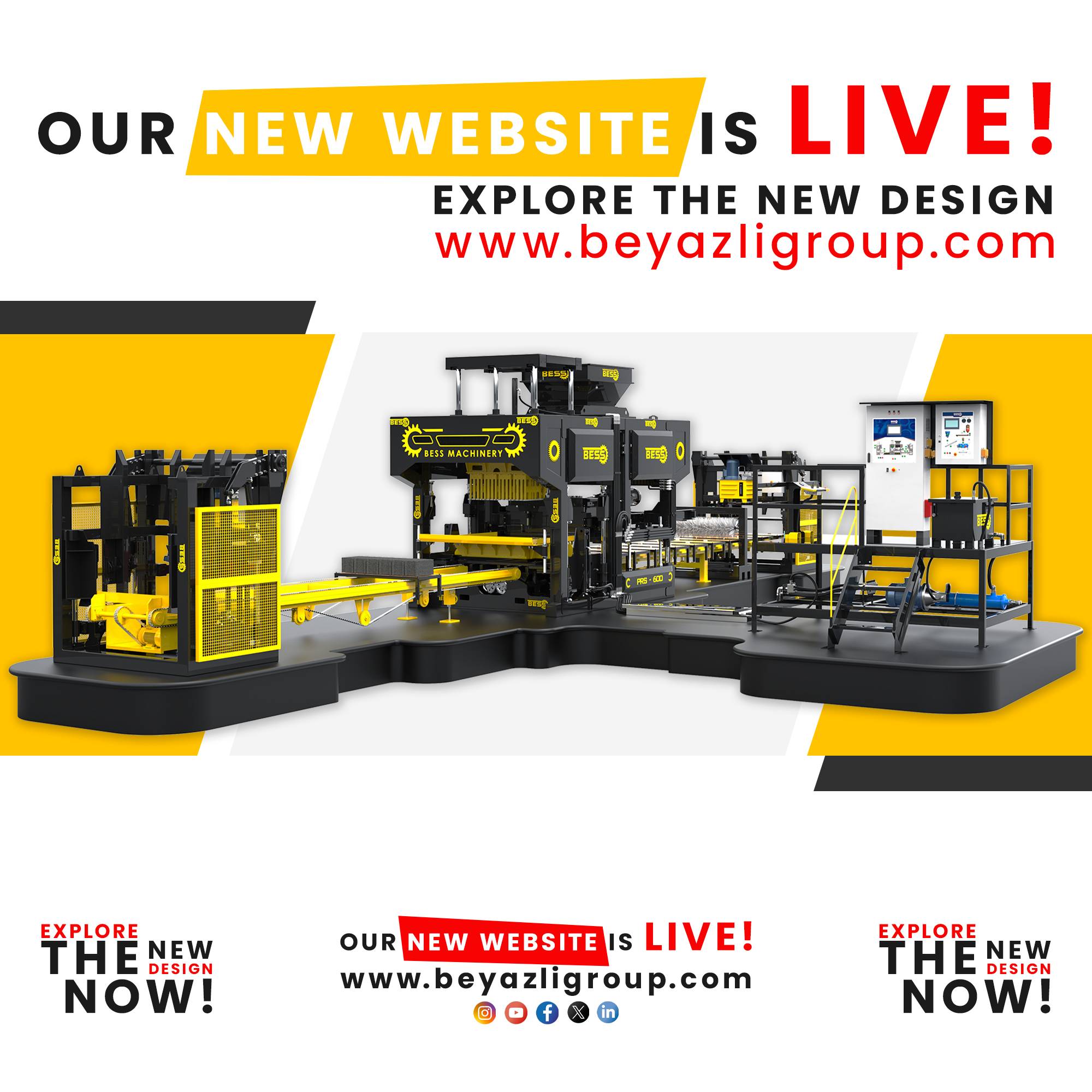Due to a lack of skilled laborers, there will be a shortage of 3.5 million workers in the years leading up to 2025. Two million of those jobs will likely be unfilled due to the skills gap, and with the current workforce due to retire soon it is predicted that 2.7 million professionals will exit the manufacturing workforce by 2025. To fill this labor gap, there will be an increase in automation and robotics. The Boston Consulting Group predicts that 25% of all labor will be performed by automated and robotic systems by 2025. However, in speaking with George Schuster, a lead systems engineer in robotic assembly systems from Rockwell Automation, these increases in automation will be more than just implementing robotic solutions. They will focus on increasing the collaborative work environment.
Schuster has 34 years of work experience in the engineering industry. Starting out with General Motors prior to his work with Rockwell Automation, he has experience in conveyor systems, safety applications, welding and joining technology, as well as a background in automation and robotics. According to Schuster, the advances in safety technology have created a new workspace and are fundamentally changing the way people and machines can interact. Before, legacy systems would arbitrate the shared space of humans and machines. Factory design would intentionally separate machines and robots from human works to ensure safety. As Schuster says, “The contact between the equipment and the human can be more intimate. Before you had ‘the robot dance,’ where you had to alter the path of the robot to avoid the person. The new innovations are opening up an exciting new range of application possibilities that were simply not possible in the past."
The main cause of this new collaboration is the development of new tools and standards. The increase and affordability of sensors, laser scanners, and vision cameras have created products that are inherently safer. With these sensing technologies now integrated into machine control systems (i.e., PLCs, controllers, robotics), you can create a complete work cell that is a truly shared space with the machine. There is also a better definition of the shared workspace. The standards that directly apply are the ANSI/RIA R15.06-2012 and the ISO 10218. These standards analyze the risks and define the shared workspace. They allow safety engineers to analyze the risks and hazards and provide more formalized language on how people and machines interact. However, don’t be fooled that safer machines mean that there is no longer a need for risk assessments. Schuster stresses that formal safety analysis is required and these safety technologies are still just tools; there are still several pieces required to completely integrate the safety.
Schuster will be speaking at the Industrial Design & Engineering Show, where he will be providing insight and lessons learned on how to establish safe work environments for the machine, robotics, and their human operators. When asked about what he hopes people will learn at his session, he summed up to two main talking points: the upside and the downside. “The upside is these new collaborative applications can increase efficiency, strengths of the machine, and complement the worker. The downside is users should not be lulled into thinking that these new safer machines cannot hurt you. Engineering is still required to perform a safety analysis and risk assessment. Any time technology can make people better, considering people are still important cogs in the wheel of manufacturing, it is really exciting.”














